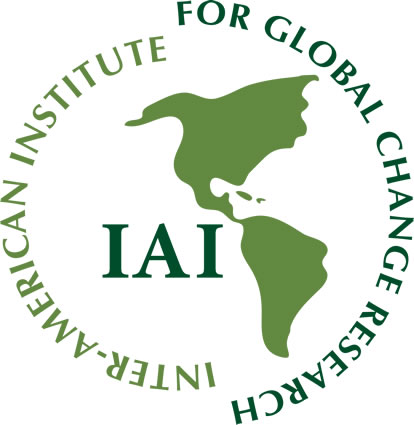|
|
Sedimentary proxy records from coastal lakes and swamps
A team of three co-PIs (Kam-biu Liu,
Jeff Donnelly, and
Matt Peros)
will use a multi-site approach to reconstruct century-to-millennial-scale records of intense hurricane
strikes in the Caribbean region using coastal sedimentary proxies. Due to the combination of storm surge
and extreme wave energy washing over barrier beaches and sand dunes, intense landfalling hurricanes
can leave a distinct sedimentary signature in coastal lakes, backbarrier lagoons, salt ponds, marshes,
and swamps. This sedimentary signature usually occurs in the form of an overwash sand layer embedded in
more organic-rich sediments (e.g., lake mud or peat). The principal research methodology will involve
piston-coring or vibra-coring of coastal lakes, lagoons, salt ponds, and swamps; high-resolution
stratigraphic and paleoecological analyses of sediment cores to identify overwash deposits; and dating
of sediments by 14C, 210Pb, and 137Cs techniques. Principal study sites
are in Mexico, Dominican Republic, Nicaragua, Jamaica, and Cuba.
|



